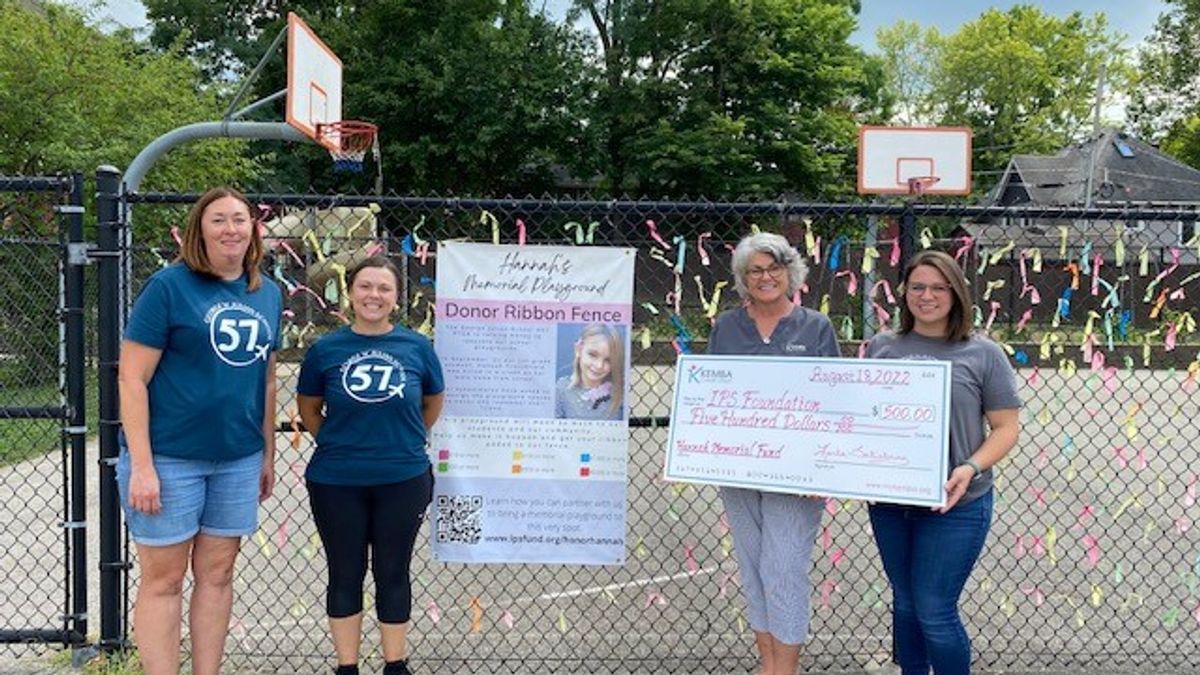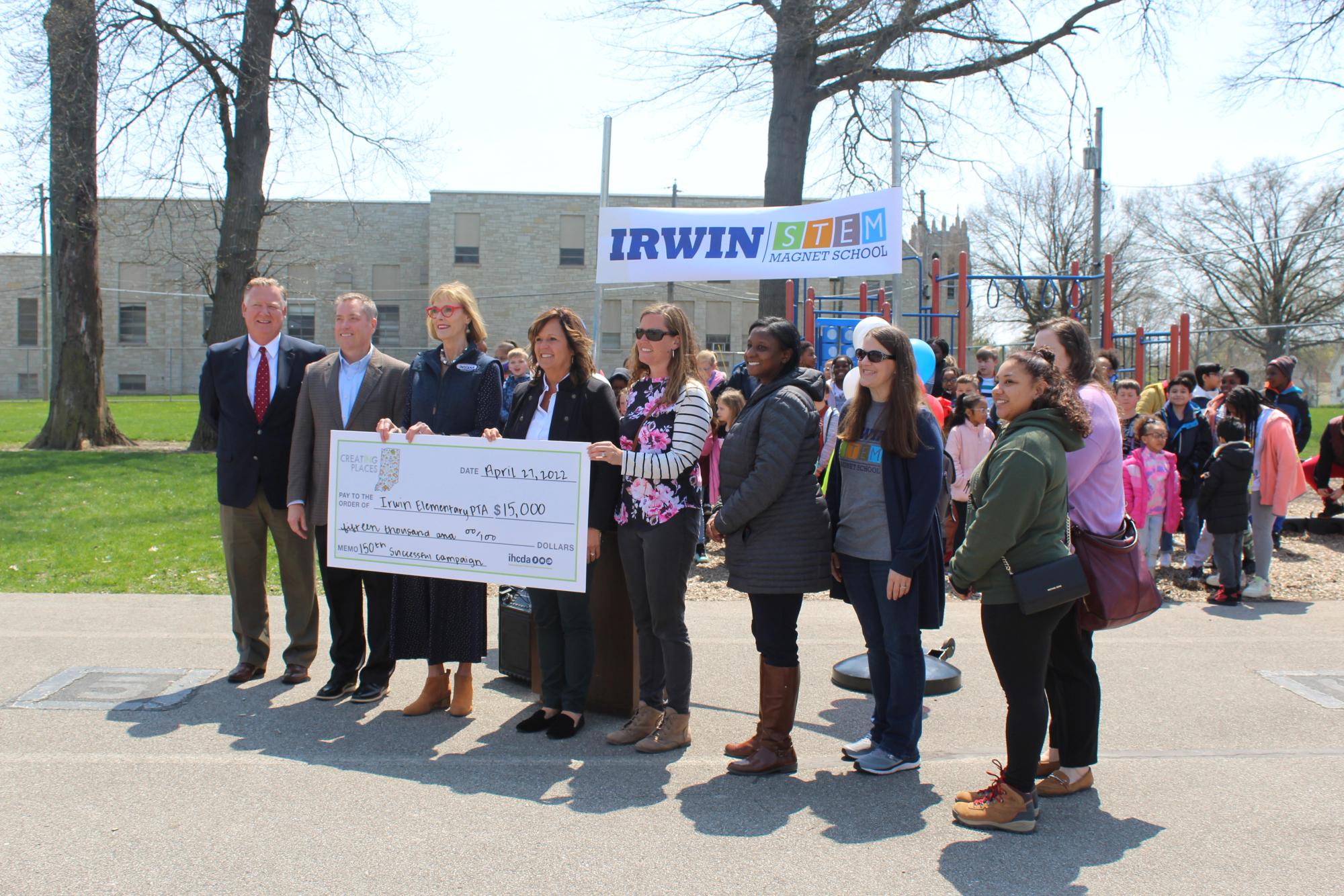
How to Make Your Crowdfunding Ask
Here’s how to overcome your fear of asking for money and make your crowdfunding ask!
I love it when people ask me for money, you know why? It means they think I have enough money to give! You might be surprised at how many people feel flattered by the request to donate. Still, it can be daunting to ask for money if you’ve never done it before and if you’re new to fundraising, but it doesn’t have to be. Here’s how to overcome your fear of asking for money and make your crowdfunding ask!
Be Prepared
It is always easier to ask for something when you know what you’re talking about, especially when it comes to money. First, know WHO you are asking, get a general idea of who your audience is and what they can give.
Determining who to ask is an incredibly important part of the process. Start by creating a list of possible donors. You can find tips for creating your donor list in our blog on How to Identify Funding Sources for Your Project.
Once you have your list in place, then consider WHY you need funding. Consider the value of your donor’s investment, why is their donation important and what difference will it make? Before you ask for money, ask WHY the money matters.
Sometimes, fundraisers make the mistake of over-complicating their understanding of WHY donors give, but it’s actually really simple. According to Network for Good, the reason people donate to a cause has more to do with connection and less to do with how fancy or impressive the rationale or marketing for the fundraising campaign is. Their 7 Reasons Why Donors Give make clear that while some people give because they care about mission and impact, some people give simply because they have a personal connection and trust the person asking them.
For your campaign, create a list of reasons WHY you would donate to your campaign. This will help you prepare to tell your campaign story and help connect potential donors to the cause.

Be Clear
Once you’re prepared with a list of possible donors and know why your campaign matters, you can begin building your narrative. It’s critically important that your message about the campaign is clear.
First, it’s important to know that our platform is set up to help you create a clear and concise message. Our campaign page is organized in the following sections: the key elements that you will want to prepare.
- Who are you? What are you raising money for?
- Why is it important? What impact will their donation make?
- How can a donor give?
It’s also really important to keep your message short. People respond better to requests when they can clearly see what’s most important. We always recommend using bullet points and even bolding the language that is most important, so those you are asking can find the information they need quickly.
You may have also noticed that we recommend creating donor giving levels to sweeten the deal. It’s important to make your giving levels very simple to understand. Find examples in our Crowdfunding Strategy Guide.
How to Write Your Fundraising Ask
Introduce Yourself & Your Project
Acknowldege who you are writing. Introduce yourself and your fundraising campaign. Talk briefly about who you are, your partners in your fundraising effort, and why you started this project. Try to speak personally and directly; use we, your, and us. End this paragraph with your vision statement i.e. “with your support we can bring X to X providing X, Y, and Z for our community.”
Share the Big Picture
Next, expand on the bigger picture of your project, and provide more of the backstory, and the vision for the project. Give details on what their funding will support in a bulleted list, so if the donor reads nothing else, they see this:
Funding from this campaign will do X, Y, Z:
- X - This could be as simple as "Swingsets."
- Y - This could go into detail, such as, "Install 240 sq feet of pour’n’play surface."
- Z - This could include "Programming expenses."
- And more - This could include "Long-term maintenance!"
Bring it home in one sentence the impact of the project elements with one encapsulating sentence.
Explain How They Can Give
Direct them to your donor giving levels, making it clear what they get for donating at each level.
Provide donors a deadline to motivate them to give.
Mention any matching funds.
Tell them where to donate online by visiting your Patronicity crowdfunding campaign with the Short URL.
Share how patrons can donate offline and provide contact information if they need help: "If you prefer to give offline by cash or check, please make/drop mail donations to X (name) at X (location). If you have questions or inquiries, please contact X (name) at X (phone number)."
Ask Them to Spread the Word
Share the impact of the work and how your donors can support it by donating and spreading the word.
Say Thank You
Thank the patron for their time reading and their potential contribution. And sign off sincerely.
Be Optimistic
With preparation and clarity, you can ensure your campaign page and your communications are ready to go. This should give you the words you need to make the ask. However, you need to ask people in-person, too, and to do that well, you have to be optimistic.
Just like anything, approaching the ask with positivity and enthusiasm is best. Have an upbeat attitude! People want to give to a cause that makes them feel good, so don’t begin the conversation by sharing the challenge but rather the opportunity. Start with a warm greeting and be thoughtful of their time. Consider scheduling a meeting with your larger donors. If you ask people at an event or if the donor is unknown to you, ensure they have time to talk before you begin sharing your campaign. Making people feel safe and welcome is critical.
It’s okay if the first time you ask for a contribution is slightly uncomfortable. Just like riding a bike, it might be challenging at first, but once you ask a few people, things will flow smoothly.
Start with people you know and love. Not only will it be easier to ask your friends and family, but it will help you practice for when you want to ask those who you aren’t as personally familiar with.
If someone says “no,” keep going! Just because that person decided not to donate doesn’t mean no one will. Move on from naysayers.
It’s important to listen to your prospective donors, but don’t take everything to heart. People might not have the capacity to give at that moment or they might be giving to other causes, that doesn’t mean your effort isn’t worthy. Consider asking folks who aren’t able to donate if they would be willing to share the campaign, it’s about getting their support and that could be more valuable than their donation itself.
Remember, asking for support financially or otherwise is a beautiful and powerful opportunity for connection, the basis of community, and the catalyst for change.
“It’s okay to ask for help. In fact, by doing so, you are taking part in the divine circle of giving and receiving. While we often focus on what the request means for the asker/recipient, we should remember that giving can be transformative for the helper…By not asking for help when we need it, you are blocking that flow”- Amoretta Morris, as featured in Mia Birdsong’s, How We Show Up: Reclaiming Family, Friendship, and Community
Fundraising is a skill that can be easily learned with practice and persistence. By taking some time to prepare, creating a clear message, and approaching your fundraising with optimism, your campaign will be sure to succeed.
Also, our Patronicity team has expert coaches who can guide you and cheer you on your journey to becoming a successful fundraiser. We’ve got your back!
Don’t forget to check out our other resources like, How to Develop a Donor Engagement Strategy to ensure your crowdfunding ask gets you the donations you need to create change in your community.

